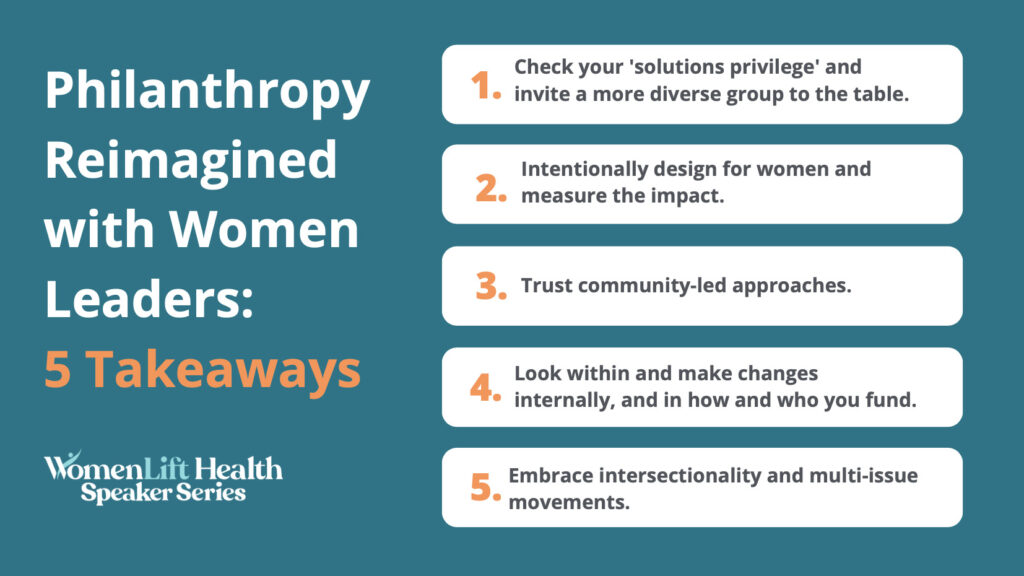Philanthropy is a major force in health, development and human rights around the world. Increasingly, philanthropists are realizing that support for gender equity requires a cross-cutting approach and must go beyond funding projects to meet individual women and girls’ needs. COVID-19 – a pandemic with increasingly nonwhite and female knock-on effects – serves as an acute reminder of the ways in which a health issue can play out along both gender and racial lines, and the urgent need for philanthropists to take gender, and its intersections with race, seriously. As philanthropists adapt to this moment and look ahead, there is a critical opportunity to reassess and reimagine how they’re making funding choices. This includes looking at gender and race across their program areas, the make-up of their grantees and within their own organizations. The fact is that in the U.S. funding for women of color made up less than one percent of all funding in 2016, and in the UK, 99% of foundation boards are white. It’s clear there is a lot of work to do to truly empower the women and communities leading the most impactful work on the ground.
In this event we heard from leading funders on how their organizations are tackling these challenges and how they believe the field must adapt to increase the impact of their grantmaking.





